Choosing the right hardtail mountain bike (MTB) frame is crucial for optimizing your trail riding experience. A hardtail frame, which lacks rear suspension, offers a lightweight and efficient ride ideal for various terrains. Here's a guide on how to select and install a hardtail MTB frame, using the Trifox Carbon MTB Hardtail Frame MFM200 as an example.
Selecting the Right Frame
1. Material
The material of your frame affects weight, strength, and ride quality. The Trifox MFM200 is crafted from carbon fiber, known for its superior strength-to-weight ratio, providing excellent durability without compromising on performance.
2. Geometry
Frame geometry influences handling and comfort. Look for a frame like the MFM200 with a balanced geometry that offers stability on descents and agility on climbs.
3. Compatibility
Ensure the frame is compatible with your current components or any new ones you plan to install. Check for compatibility with wheel size, fork travel, and bottom bracket type.
Installing the Frame
1. Prepare Your Components
Gather all necessary components: fork, headset, bottom bracket, drivetrain, brakes, and wheels. Ensure they are clean and in good condition.
2. Install the Headset and Fork
Begin by installing the headset into the frame’s head tube, followed by the fork. Make sure these components are securely fitted.
3. Bottom Bracket and Crankset
Install the bottom bracket according to the manufacturer's specifications, then attach the crankset.
4. Drivetrain Setup
Mount the front and rear derailleurs, chain, and cassette. Adjust the derailleurs for smooth shifting.
5. Brakes and Wheels
Attach the brake calipers to the frame and install the wheels. Align the brake rotors with the calipers and ensure everything is properly tightened.
6. Final Adjustments
Check all components for tightness and alignment. Adjust the seat post, saddle, and handlebars to your preferred riding position.

By selecting a high-quality frame like the Trifox Carbon MTB Hardtail Frame MFM200 and following these installation steps, you'll be well on your way to enjoying optimal performance on the trails.

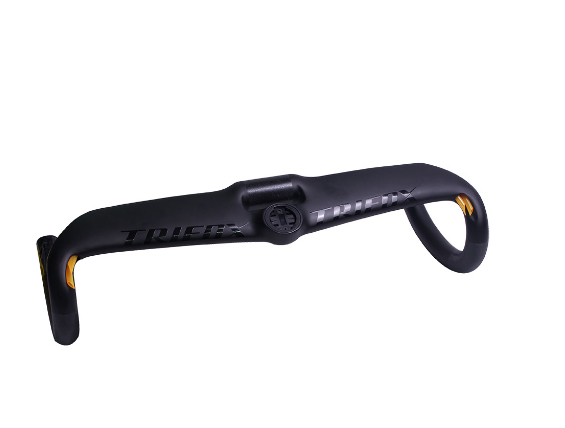
If you're looking to maximize your speed and efficiency on the road, installing aero bars on your bike is a great solution. Aero bars can significantly reduce wind resistance, allowing you to achieve faster speeds with less effort. Here's a step-by-step guide to installing road bike aero bars, using the Trifox Aero Aerofoil Section Carbon Drop Handlebar TC20AF.
1. Gather Your Tools and Materials
Before you begin, ensure you have all necessary tools and materials:
Aero bars (like the Trifox TC20AF)
Hex keys
Torque wrench
Handlebar tape
Scissors or a knife
2. Prepare Your Handlebar
First, remove any existing handlebar tape from your current handlebars. This will give you a clean surface to work with and prevent any obstruction during installation. Make sure to clean the handlebar thoroughly to remove any residue or debris.
3. Position the Aero Bars
Next, place the aero bars on the handlebar in the desired position. Typically, they should be placed centrally on the top section of the handlebar. Ensure they are symmetrical and aligned correctly. Adjust the angle to a comfortable position that allows you to maintain an aerodynamic posture.
4. Secure the Aero Bars
Using the hex keys, tighten the bolts to secure the aero bars in place. It's crucial to follow the manufacturer's torque specifications to avoid over-tightening, which can damage the carbon handlebar. If you don't have the specifics, generally, a torque setting of 5-6 Nm is recommended for carbon components.
5. Adjust the Armrests and Extensions
Most aero bars come with adjustable armrests and extensions. Set the armrests at a width and height that provides comfort and support for your forearms. Adjust the extensions so that your hands can reach the shifters and brakes comfortably while maintaining an aerodynamic position.
6. Rewrap the Handlebar Tape
Once the aero bars are securely installed and adjusted, rewrap the handlebar tape. Start from the ends of the handlebar and work your way up, ensuring the tape is tight and evenly wrapped. Cut off any excess tape and secure the ends with finishing tape.
7. Test Ride and Final Adjustments
Take your bike for a test ride to ensure everything feels comfortable and secure. Pay attention to how the aero bars handle and make any minor adjustments as needed. It may take a few rides to fine-tune the setup for maximum comfort and efficiency.
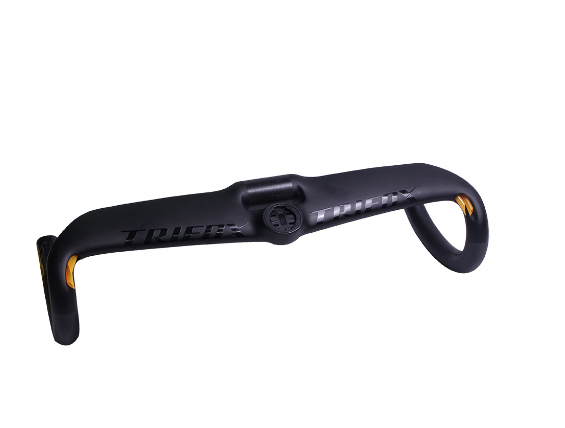
Installing aero bars, such as the Trifox Aero Aerofoil Section Carbon Drop Handlebar TC20AF, can greatly enhance your cycling performance by reducing aerodynamic drag. Follow these steps to achieve a secure and comfortable installation, and enjoy the benefits of improved speed and efficiency on your next ride.
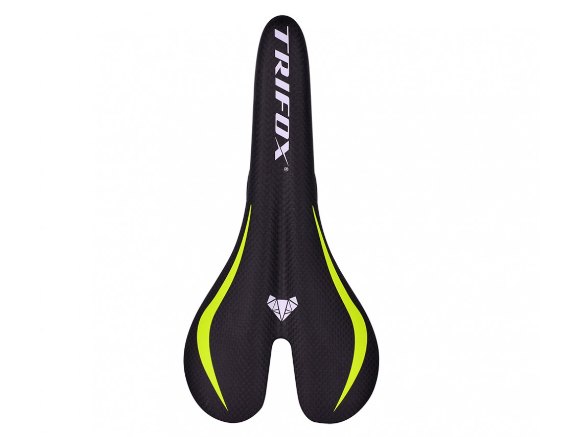
Choosing the right bike saddle can make a world of difference in your cycling experience, influencing both comfort and efficiency. Whether you're a casual rider or a seasoned cyclist, the right saddle can prevent discomfort and improve your performance. Here's a guide to help you select the perfect saddle, like the Trifox Carbon Bike Saddle, for your needs.
1. Understand Your Riding Style
Your riding style plays a crucial role in determining the best saddle for you:
Recreational Cycling: If you ride casually, prioritize a saddle with more padding and a wider shape.
Road Cycling: Competitive riders should look for a lightweight, narrow saddle that allows for more aggressive positioning.
Mountain Biking: A durable saddle with adequate padding and shock absorption is essential for rough terrains.
2. Consider Saddle Shape and Width
The shape and width of the saddle are vital for comfort:
Shape: Flat saddles are ideal for flexible riders who shift positions frequently, while contoured saddles suit riders who maintain a consistent position.
Width: The saddle should support your sit bones without causing pressure on soft tissues. Measure your sit bone width and choose a saddle that accommodates it.
3. Look at the Padding
Different types of padding suit various riding styles:
Minimal Padding: Lightweight saddles with minimal padding, like the Trifox Carbon Bike Saddle, are perfect for road cyclists who prioritize speed and efficiency.
Gel Padding: Provides extra comfort for long rides but may add weight.
Foam Padding: Offers a good balance between comfort and support for most riders.
4. Material Matters
Saddle materials affect durability and comfort:
Leather: Molds to your shape over time, offering personalized comfort but requires maintenance.
Synthetic: Durable and weather-resistant, suitable for most conditions.
Carbon: Ultra-light and stiff, ideal for competitive cyclists looking to save weight and increase performance, as seen in the Trifox Carbon Bike Saddle.
5. Test Before You Buy
Whenever possible, test different saddles before making a purchase. Many bike shops offer demo saddles you can try for a few days. Pay attention to how your body feels during and after rides.
6. Check for Adjustability
Ensure that the saddle you choose has adjustable rails for easy fine-tuning. Proper saddle positioning can significantly enhance your comfort and efficiency.
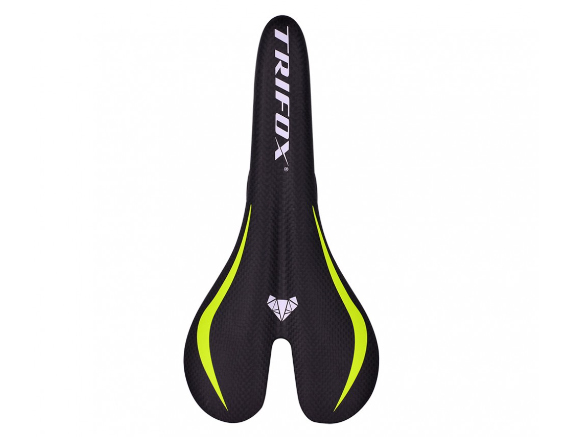
Conclusion
Choosing the best bike saddle involves understanding your riding style, considering the shape and width, evaluating the padding and materials, and testing different options. The Trifox Carbon Bike Saddle is an excellent choice for those seeking a lightweight, efficient, and comfortable saddle for various cycling needs. Invest in the right saddle today and transform your riding experience!
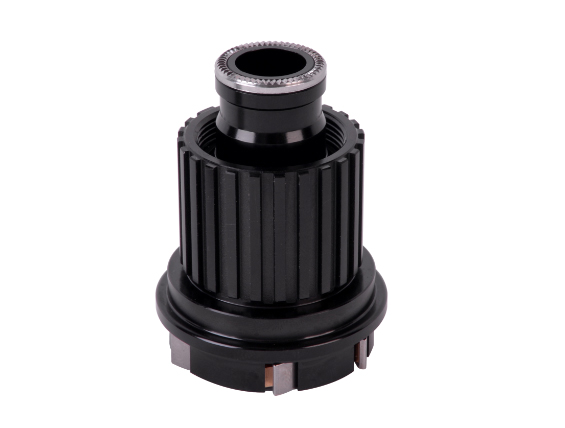
Replacing a freehub might seem daunting, but with the right tools and a bit of guidance, it’s a task any cyclist can handle. A well-functioning freehub ensures smooth shifting and efficient power transfer, making your rides more enjoyable.
1. Gather Your Tools
Before you start, ensure you have the necessary tools: a cassette removal tool, chain whip, hex keys (typically 10mm), a rubber mallet, and grease. Additionally, you'll need your new freehub, like the Trifox Freehub Body.
2. Remove the Rear Wheel
First, shift your chain onto the smallest cog to ease wheel removal. Release the quick-release lever or loosen the axle nuts, then carefully remove the rear wheel from the bike frame.
3. Remove the Cassette
Secure the cassette using the chain whip to prevent it from rotating. Insert the cassette removal tool into the lockring and turn it counterclockwise to loosen and remove the lockring. Carefully slide off the cassette cogs and spacers, keeping them in order for reassembly.
4. Remove the Old Freehub
With the cassette removed, locate the bolt that secures the freehub to the hub shell, typically accessible through the center of the hub. Insert the hex key or appropriate tool and turn counterclockwise to unscrew the bolt. Once loosened, gently tap the freehub with a rubber mallet if needed and slide it off the hub shell.
5. Prepare the Hub Shell
Clean the hub shell thoroughly to remove any dirt or debris. Apply a thin layer of grease to the interface where the new freehub will sit. This prevents corrosion and ensures a smooth installation.
6. Install the New Freehub
Align the new Trifox freehub with the hub shell and slide it into place. Secure it by tightening the fixing bolt clockwise using the hex key. Ensure it's snug, but avoid over-tightening as it can damage the freehub or hub shell.
7. Reinstall the Cassette
Slide the cassette cogs and spacers back onto the freehub body in the correct order. Tighten the lockring clockwise using the cassette removal tool until secure.
8. Reinstall the Rear Wheel
Place the rear wheel back into the bike frame. Tighten the quick-release lever or axle nuts securely. Check that the wheel is properly aligned and spins freely without rubbing against the brake pads or frame.
9. Final Check
Shift through all the gears to ensure smooth operation. Listen for any unusual noises and check that the freehub engages and disengages properly. If everything feels smooth, your replacement is successful.
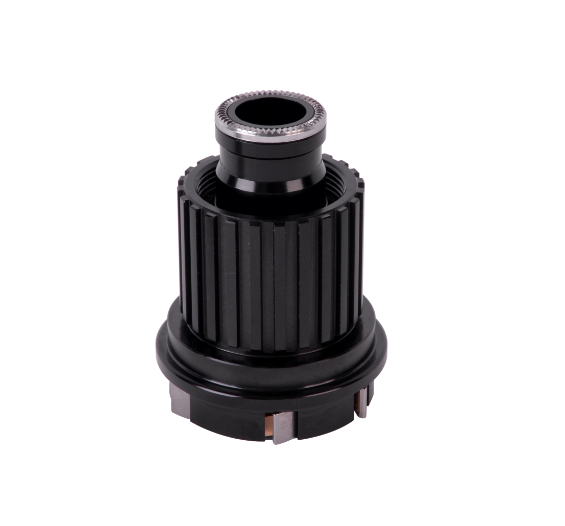
Replacing a freehub, such as the Trifox Freehub Body, is a straightforward process that can significantly enhance your bike's performance. With a few tools and some careful steps, you can ensure your bike is running smoothly and efficiently, ready for your next adventure. Happy riding!
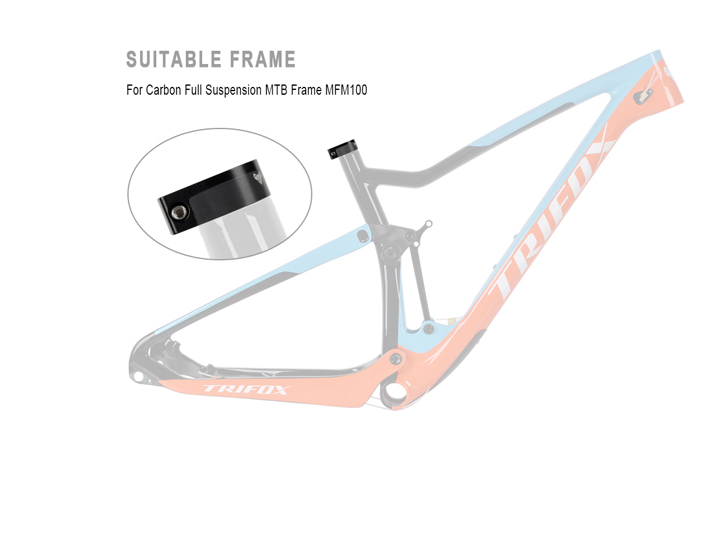
Installing an alloy seat clamp on your bicycle might seem like a small task, but it’s one that plays a crucial role in ensuring a secure and comfortable ride. A properly installed seat clamp keeps your seat post stable, preventing slippage and enhancing your overall cycling experience. Here’s a step-by-step guide to help you install your new alloy seat clamp correctly.
1. Gather Your Tools
Before starting, make sure you have the necessary tools: an Allen wrench (typically 4mm or 5mm), grease, and a torque wrench if possible. You’ll also need your new alloy seat clamp, like the Trifox SC35, which is designed for durability and ease of use.
2. Remove the Old Seat Clamp
If you already have a seat clamp installed, start by loosening the bolt using the Allen wrench. Unscrew it completely and carefully remove the old clamp from the frame. Keep the bolt and any washers in a safe place as you may need them later.
3. Clean the Seat Tube
With the old clamp removed, clean the top of the seat tube where the new clamp will sit. Use a cloth to wipe away any dirt, grease, or debris. A clean surface ensures better grip and performance of the new clamp.
4. Apply Grease
Apply a small amount of grease around the inside of the new alloy seat clamp. This helps in smooth adjustment and prevents corrosion. Avoid over-greasing as it can attract dirt.
5. Install the New Clamp
Place the new Trifox SC35 seat clamp over the seat tube. Align it properly so that the bolt hole is positioned correctly. Insert the bolt through the clamp and begin to tighten it by hand. Make sure it's fitted evenly around the tube.
6. Adjust the Seat Post
Insert your seat post into the seat tube. Adjust it to your desired height. Ensure the saddle is level and the height aligns with your comfort and riding style.
7. Tighten the Clamp
Using the Allen wrench, tighten the bolt on the seat clamp. Use a torque wrench to achieve the recommended torque setting, usually marked on the clamp or provided by the manufacturer. Over-tightening can damage the clamp or frame, while under-tightening can cause slippage.
8. Check for Stability
Once the clamp is tightened, check the stability of the seat post. Try to move the seat side to side and up and down. If there’s no movement, your installation is successful.
9. Final Adjustments
Take a short test ride to ensure everything feels right. Make any minor adjustments to the seat height or angle as needed, and re-tighten the clamp if necessary.
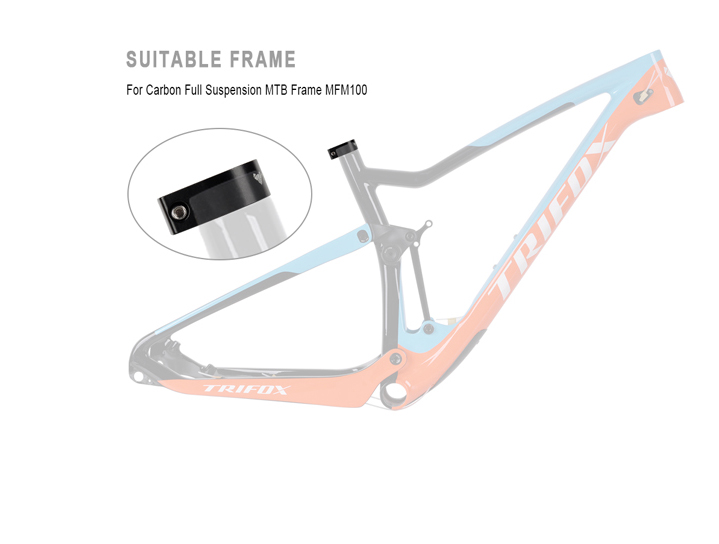
Installing an alloy seat clamp, such as the Trifox SC35, is a straightforward process that can greatly enhance your bike’s performance and comfort. With proper installation, you'll ensure a stable and enjoyable ride every time you hit the road.
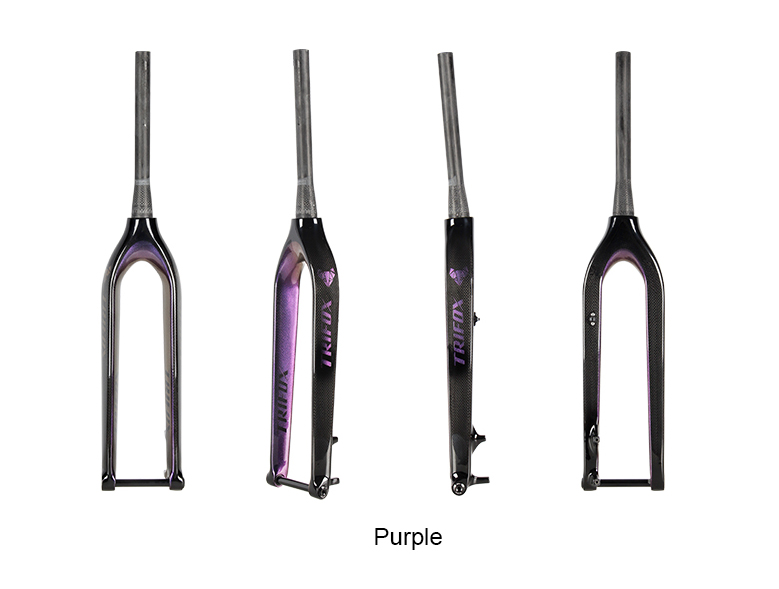
Choosing the right rigid MTB fork can make a significant difference in your mountain biking experience. Whether you're an avid off-road adventurer or a casual trail rider, selecting a fork that complements your riding style and bike setup is crucial. Here's a guide to help you make the perfect choice.
1. Understand Your Riding Style
Before diving into specifications, consider how and where you ride. If you enjoy technical trails with lots of obstacles, you'll need a fork that offers excellent strength and durability. For smoother paths and long-distance rides, a lightweight fork with good responsiveness might be more suitable.
2. Material Matters
One of the primary factors to consider is the fork's material. Carbon fiber forks, like the Trifox TMK100, offer an excellent balance of strength and weight. The TMK100 provides exceptional durability while keeping the weight low, enhancing both performance and handling.
3. Compatibility and Fit
Ensure that the fork is compatible with your bike frame and wheel size. The Trifox TMK100 is designed specifically for 29-inch wheels and features a tapered design from 1-1/8 to 1-1/2 inches, which ensures a snug fit and optimal handling1. Additionally, it is suitable for straight headtubes, making it a versatile option for various mountain bike frames.
4. Brake Compatibility
Having reliable stopping power is essential for mountain biking. The TMK100 is compatible with disc brakes, which provide consistent performance in all weather conditions1. This feature is particularly important for off-road cycling, where you may encounter varying terrains and weather scenarios.
5. Axle Type and Tire Clearance
Check the axle type and tire clearance of the fork. The TMK100 utilizes a thru-axle style, offering increased stiffness and better alignment. It can handle tires up to 2.1 inches, giving you the flexibility to choose wider tires for better traction on rugged trails.
6. Aesthetics and Design
Last but not least, consider the aesthetics and design of the fork. A sleek and modern fork can enhance the overall look of your bike. Reviews have praised the TMK100 for its stylish appearance, which adds an attractive touch to any mountain bike.

In conclusion, choosing the perfect rigid MTB fork involves considering your riding style, ensuring compatibility, and paying attention to key features like material, brake compatibility, axle type, and design. The Trifox TMK100 stands out as an excellent option, combining lightweight carbon construction with robust performance features. For more details, check it out here.
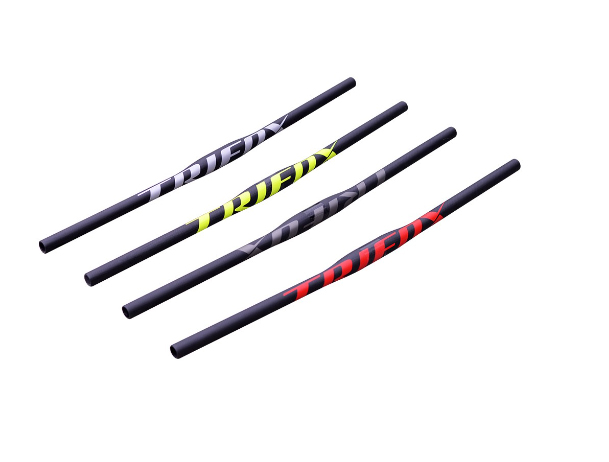
When it comes to enhancing your cycling experience, handlebars play a crucial role. If you're contemplating whether to switch to a flat bar, here are some compelling reasons why it might be the right choice for you.
1. Enhanced Control
Flat bars offer superior control, especially in technical terrains. The wider grip allows for better leverage, making it easier to navigate sharp turns, rough trails, and obstacles. This increased control is particularly beneficial for mountain bikers and commuters who face varying conditions daily.
2. Improved Comfort
A flat bar promotes a more upright riding posture, which can significantly reduce strain on your back, neck, and wrists. This ergonomic advantage makes long rides more comfortable, allowing you to enjoy your journey without discomfort.
3. Versatility
Flat bars are versatile and suitable for various types of riding, from urban commuting to cross-country adventures. Their straightforward design makes mounting accessories like lights, GPS units, and phone holders easier, enhancing your overall riding experience.
4. Durability and Safety
Flat bars are typically more robust than their drop-bar counterparts, providing increased durability. Their design also offers better stability and control, contributing to a safer ride, especially when navigating uneven or unpredictable surfaces.
Top Pick: Trifox Carbon Flat Bar
If you're looking for a high-quality flat bar, check out the Trifox Carbon Flat Bar FHB100. Known for its lightweight yet sturdy construction, this flat bar enhances both control and comfort, making it a great upgrade for your bike.
Conclusion
Switching to a flat bar can provide better control, improved comfort, and greater versatility, making it a worthwhile consideration for various types of cyclists. Whether you're tackling off-road trails or navigating city streets, the benefits of a flat bar are clear. Upgrade to a flat bar and experience the difference it can make in your riding experience.
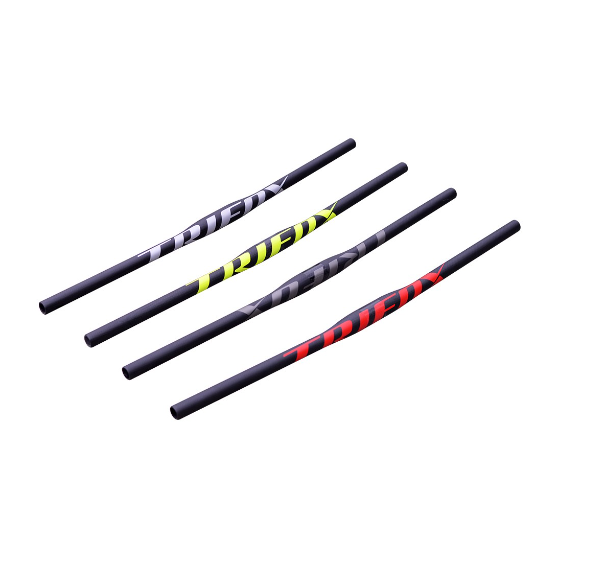
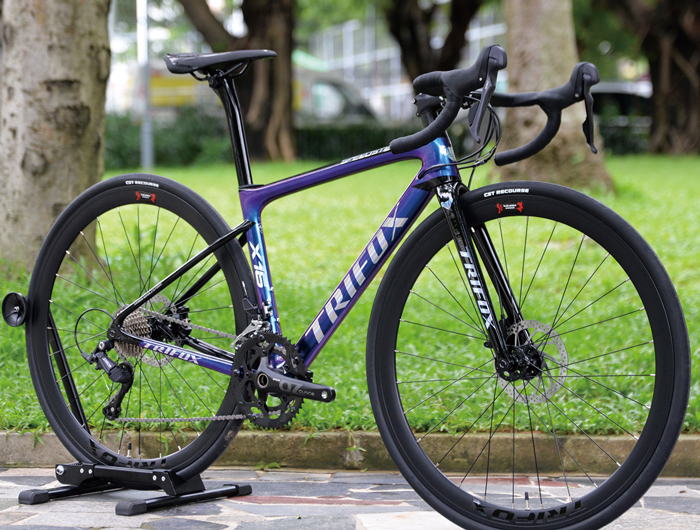
Investing in an ultra-light road bicycle can be a game-changer for any cyclist, whether you're a seasoned racer or a weekend warrior. But what exactly makes these bikes worth the investment? Let's break it down.
1. Speed and Performance
The primary advantage of an ultra-light road bicycle is its enhanced speed and performance. Lighter bikes require less energy to accelerate and maintain high speeds, making them ideal for competitive racing and long-distance events. The reduced weight not only aids in quicker sprints but also improves climbing efficiency, allowing you to tackle hills with greater ease.
2. Maneuverability and Control
An ultra-light frame significantly boosts maneuverability, giving you more precise control over your bike. This is particularly beneficial in tight corners, descents, and technical sections of your ride. Enhanced control leads to improved safety and confidence, letting you focus on pushing your limits.
3. Reduced Fatigue
Carrying less weight means exerting less effort, which translates to reduced rider fatigue. Over long rides, this can make a substantial difference in your endurance and overall enjoyment. By conserving energy, you can ride longer and recover faster.
4. Aesthetic and Technological Innovation
Ultra-light road bicycles often feature cutting-edge technology and sleek designs. Materials like carbon fiber offer not just a reduction in weight, but also superior strength and vibration dampening properties. These bikes are a blend of form and function, catering to cyclists who appreciate both aesthetics and performance.
Top Pick: Trifox Ultra Light Road Bicycle
For those serious about upgrading their ride, consider the Trifox Ultra Light Road Bicycle. Known for its exceptional build quality and innovative design, this bike offers all the benefits of ultra-light cycling while maintaining durability and style.
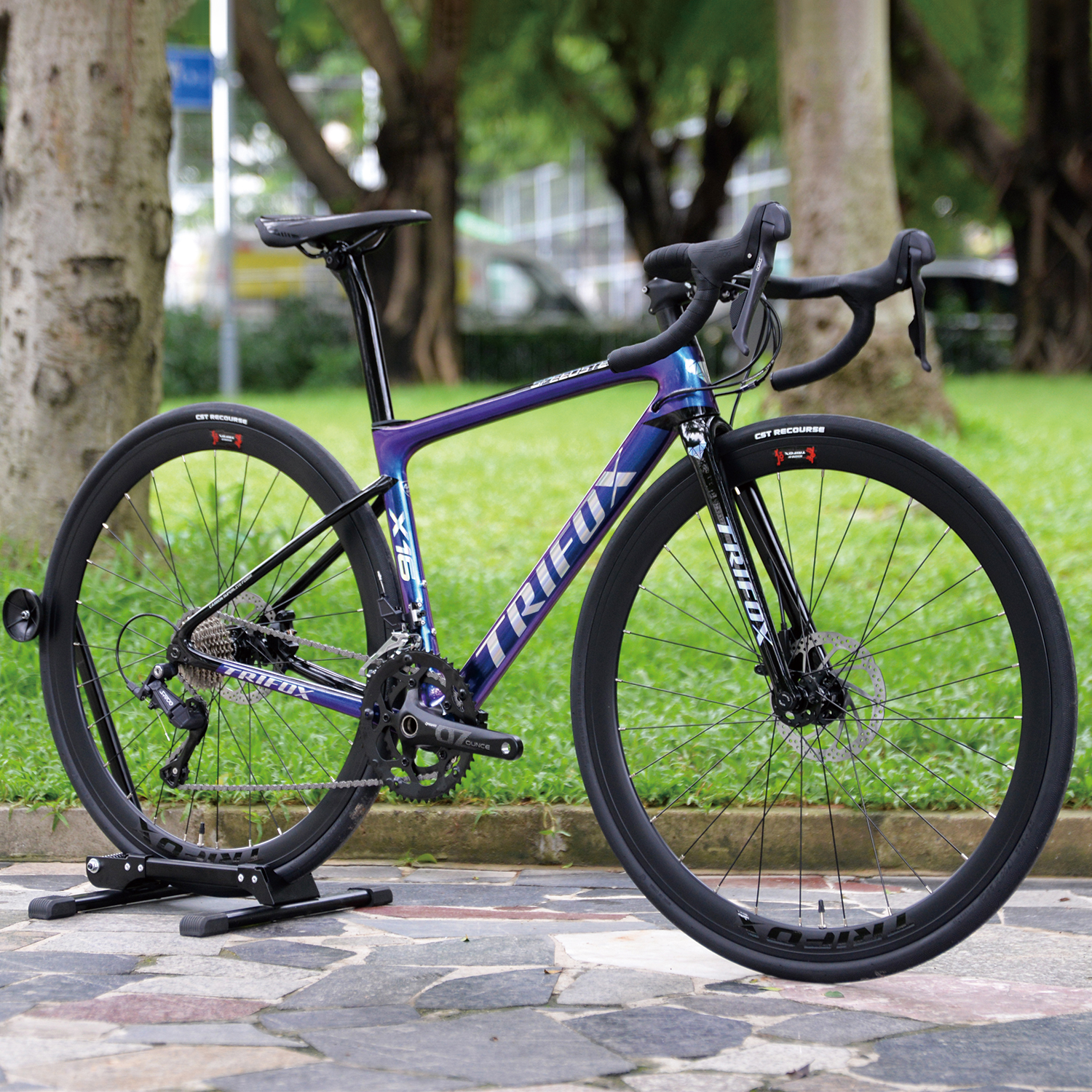
Conclusion
An ultra-light road bicycle is more than just an upgrade; it's an investment in speed, control, and riding pleasure. Whether you're aiming to shave seconds off your race time or simply enjoy a more effortless ride, the benefits are undeniable. Make the leap to an ultra-light road bike and experience the difference it can make on every ridd.
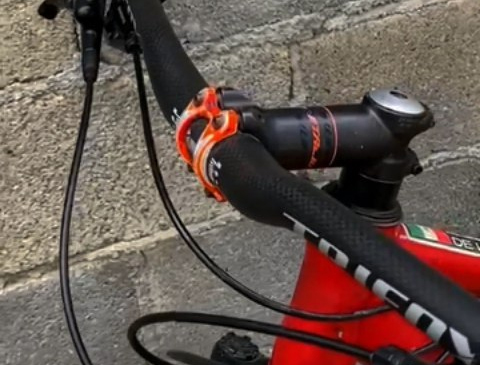
When it comes to optimizing your mountain bike, selecting the right components can make a significant difference in your riding experience. Among the many upgrades available, a carbon riser handlebar stands out for its numerous benefits. Let's delve into why choosing a carbon riser handlebar could be the perfect enhancement for your mountain biking adventures.
Lightweight and Strong
One of the most compelling reasons to opt for a carbon riser handlebar is its lightweight nature. Carbon fiber is known for its outstanding strength-to-weight ratio, making it an ideal material for handlebars. By reducing the weight of your bike's front end, you can achieve better maneuverability and control, especially on technical trails. This weight reduction is not just about performance; it also means less fatigue during long rides, allowing you to push your limits with greater ease.
Enhanced Vibration Dampening
Mountain biking often involves navigating rough terrains that can transmit a lot of vibration to your hands and arms. A carbon riser handlebar excels in damping these vibrations, offering a smoother and more comfortable ride. This feature is particularly beneficial during extended rides or on trails with constant bumps and jolts.
Improved Riding Position
Riser handlebars are designed to elevate the rider’s position, providing a more upright stance. This posture not only enhances comfort but also improves visibility and control over the bike. For riders who prefer a laid-back yet confident riding style, a riser handlebar is indispensable. The increased height also facilitates easier handling during descents and sharp turns.
Aesthetic Appeal
Let’s not overlook the aesthetic advantage. Carbon riser handlebars have a sleek, modern look that can instantly upgrade the appearance of your bike. With clean lines and a premium finish, they add a touch of sophistication to your setup.
Durability
Carbon fiber is incredibly durable and resistant to fatigue, making it a reliable choice for demanding off-road conditions. Unlike aluminum handlebars, which can bend or corrode over time, carbon handlebars maintain their integrity and performance for the long haul.
Top Pick: Trifox Carbon Riser Handlebar
If you're considering upgrading to a carbon riser handlebar, check out the Trifox Carbon Riser Handlebar RHB300. Known for its exceptional quality and engineering, this handlebar offers all the benefits mentioned above. Designed with precision, it promises to enhance your mountain biking experience by combining strength, flexibility, and style.
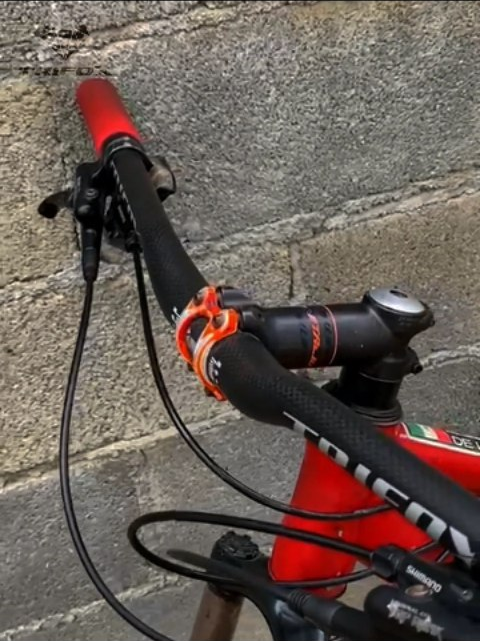
Conclusion
Choosing a carbon riser handlebar for your mountain bike is more than just a performance upgrade; it’s an investment in comfort, durability, and overall riding enjoyment. Whether you're a seasoned rider or a beginner looking to improve your setup, the advantages of a carbon riser handlebar are clear.
From reduced weight and enhanced vibration dampening to improved riding position and aesthetic appeal, a carbon riser handlebar is a versatile component that can significantly elevate your mountain biking experience. Make the switch today and feel the difference on your next ride!


























































